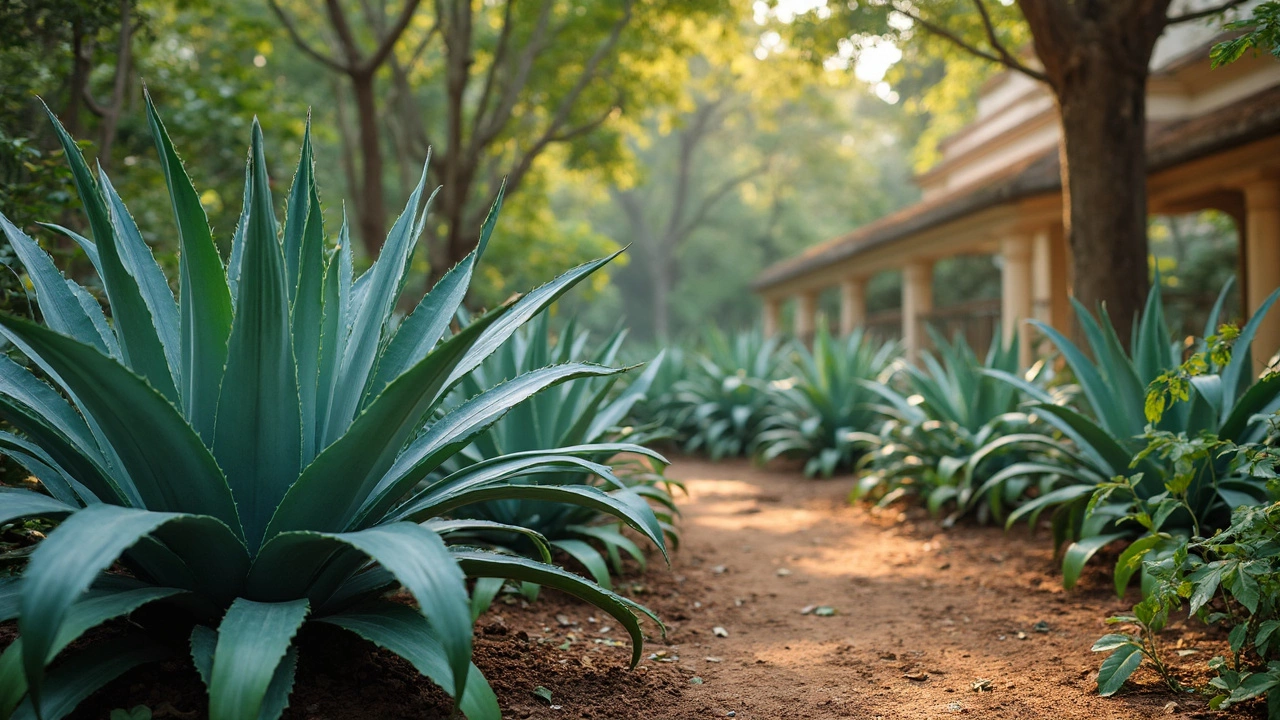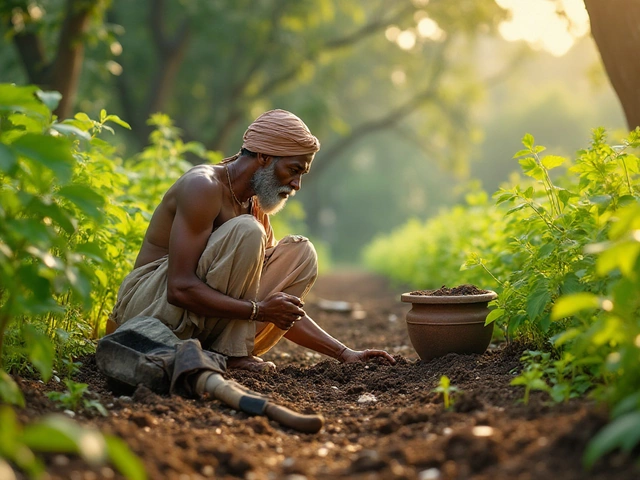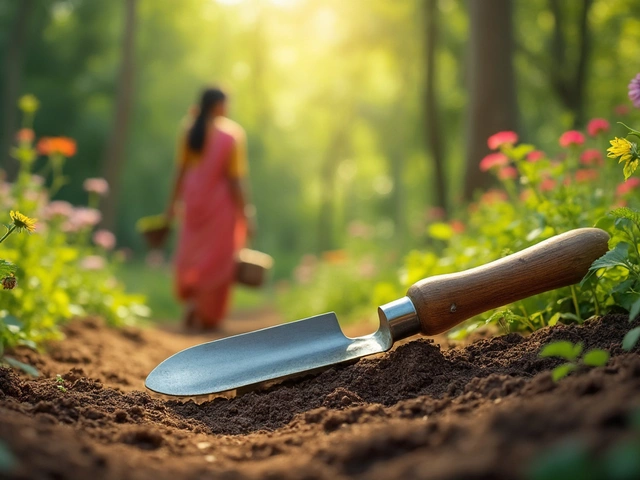Understanding the Flowering Cycle in Indian Gardens
Ever wondered why some flowers explode in color one month and disappear the next? It’s all about the flowering cycle – the natural rhythm that tells each plant when to bloom, set seed and rest. In India, this cycle is shaped by monsoons, temperature swings and daylight length. Knowing it helps you pick the right flowers, plan planting dates and enjoy colors year‑round.
Best Months for Flower Bloom Across India
India’s climate zones mean bloom times vary, but a few months stand out. From November to February, the cooler north enjoys blossoms like marigold, rose and dahlias. March to May brings a burst of summer flowers – hibiscus, bougainvillea and lantana thrive in the heat. The monsoon season (June to September) is perfect for lilies, orchids and many native wildflowers that love moisture. Finally, October sees a second wave of colorful prints as the rains recede.
When you plan your garden, match each flower’s peak month with local weather. For example, plant roses in late summer so they hit full bloom in winter. If you want a continuous display, stagger planting dates: sow some seeds in February, some in May and a few in August. This simple trick keeps at least one species in flower at any time.
Fast‑Growing Flowering Trees for Quick Impact
If you need shade and color fast, choose a rapid‑blooming tree. Species like Cassia fistula (golden shower), Delonix regia (flamboyant) and Lagerstroemia (crepe myrtle) can reach maturity in 5‑7 years and burst into flowers within weeks of blooming season. Plant them in well‑drained soil, water deeply during the first year, and prune lightly after flowering to shape the tree.
These trees not only add height but also attract pollinators – bees, butterflies and even birds. A single fast‑growing tree can turn a dull corner into a buzzing garden hotspot, and the shade it creates helps understory plants thrive.
Beyond trees, think about companion planting. Pairing a tall flowering shrub with low‑lying groundcovers creates layers of color and reduces weeds. For example, plant jasmine near a row of petunias; the jasmine climbs, the petunias fill the base, and both share water needs.
Watering is the trickiest part of the cycle. During the dry months, drip irrigation or soaker hoses deliver steady moisture to roots without wasting water. In the monsoon, ensure good drainage to avoid root rot. A quick rule: if the top inch of soil feels dry, it’s time to water.
Fertilizing follows the same rhythm. Use a balanced NPK fertilizer just before the expected bloom period – typically early spring for many flowers. Too much nitrogen pushes leaf growth and delays flowers, so keep the dose low once buds appear.
Finally, keep an eye on pests. Early spotting of aphids or spider mites prevents damage that can cut the blooming period short. Natural remedies like neem oil or homemade garlic spray work well and keep your garden organic.
By syncing planting dates, choosing fast‑blooming trees and managing water, nutrients and pests, you can master the Indian flowering cycle and enjoy a garden that’s never dull. Happy planting!

Discover the Marvel of the Agave, the Plant That Blooms Once Every 7 Years
The Agave plant, a marvel of nature, captures attention for its unique flowering pattern, blossoming after several years of growth. Ideal for gardeners seeking low-maintenance options, this plant fits perfectly into sustainable gardening plans. Learn intriguing facts about the Agave, its role in ecosystems, and helpful tips for incorporating these extraordinary plants into your garden. Explore how to maintain these robust plants and turn your garden into a resilient landscape.
About
Gardening
Latest Posts


Discover the Most Crucial Gardening Tool for Success
By Alden Thorne Apr 14, 2025

Do Plants Really Purify the Air? The Truth About Houseplants and Indoor Air Quality
By Alden Thorne Jun 14, 2025

Will Rabbits Eat Zinnias in Your Garden?
By Alden Thorne Feb 25, 2025
